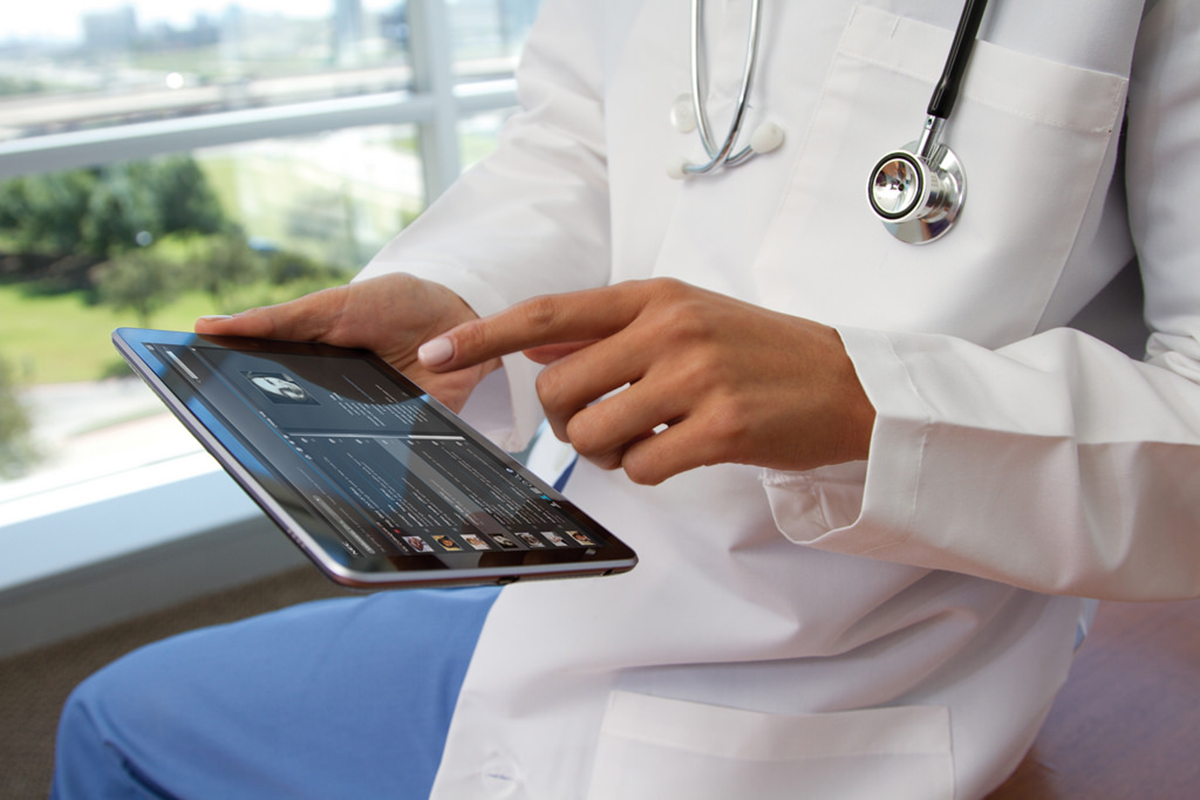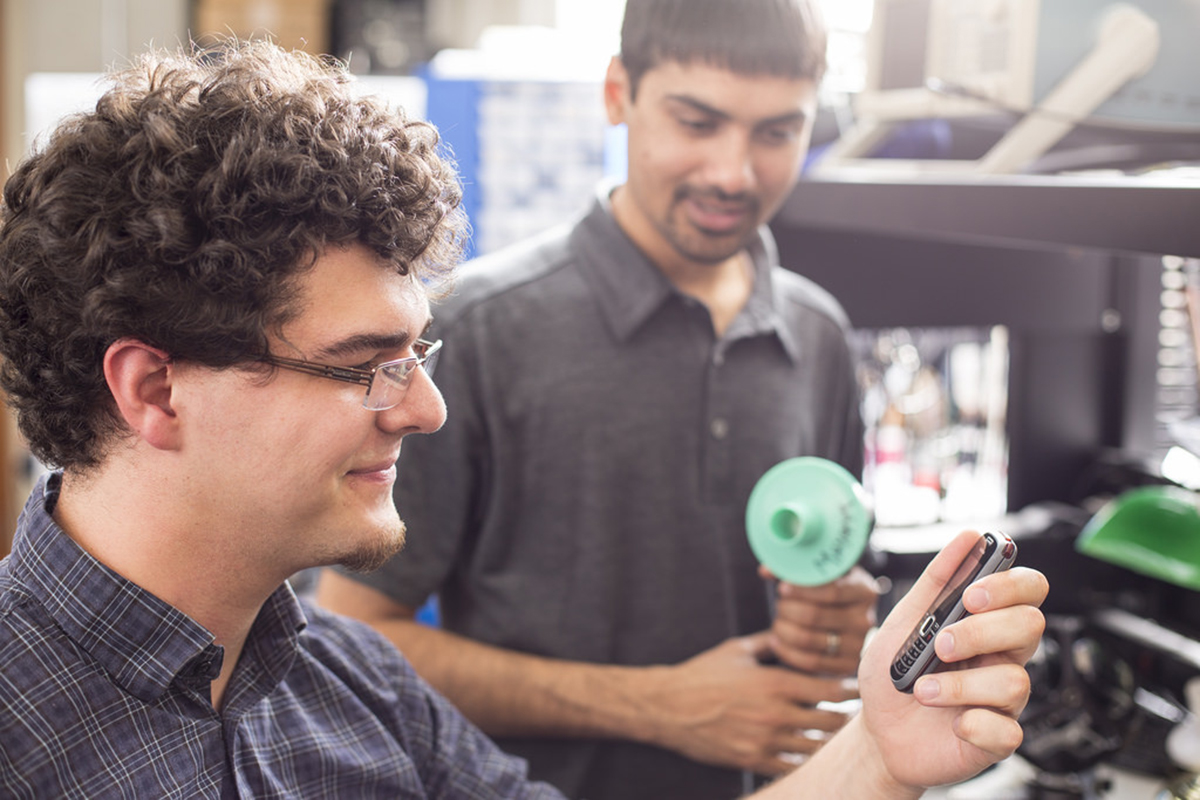Most of our actions are carried out on our smartphones since we live in a digital age. Technology is advancing and the world is becoming more accessible which has made discovering information so much easier. People are becoming more health conscious and this has led to many using their smartphones to be able to manage their own health.
Health care professionals are also using these technological advances to improve their knowledge and their practices. With all this information being available at one's fingertips, there is no more excuse of not being up to date with the latest medical advances.

There are over 97,000 medically-related apps available in all the major app stores. This article will focus on some of the most popular apps being used by doctors today.
Read by QxMD
This is an app which centralizes all of ones medical journals and literature and is available for Android and iOS compatible devices. This app allows one to download and read (in a magazine format) journals, studies and articles from various sources such as Pubmed and open access journals.
Most of the content is free but some Pubmed entries and journals may only be available with a subscription to an institution.
Epocrates
This app is used by medical doctors to look up various information regarding medications, to consult with their own peers as well as calculate certain measurements such as the body mass index (BMI).
It's available for Android and iOS devices and is free to download. The content is also mostly free, but access to additional functions such as laboratory guides, information on diseases and alternative drugs requires the purchase of Epocrates Essentials at a cost of $159,99 per year.
Doximity
This is an app which accesses the biggest medical professional network in the United States and more than 40% of these doctors are members. It is used to communicate amongst themselves regarding patient cases, as well as read information regarding career management and up to date medical news. Doximity was developed to be exclusively used by healthcare professions and is HIPAA-secured.
One has to sign up to be part of Doximity but this is a free membership and the content is also free. It is also available on both Android and iOS devices.
NEJM This Week
Probably one of the most popular and influential journals, the New England Journal of Medicine also has an app where one can access and read recent articles and even listen to audio summaries of these articles.
It also includes findings on the most recent studies as well as videos of certain medical procedures and images of medical conditions.
It is free to download and access but only available on iOS devices.
READ The End of Doctors in the US Health System?
Figure 1
This is a network of nursing and medical professionals where information regarding patient cases and treatments are discussed safely. Over 100,000 members belong to this community where users search, send and comment on pictures found in this app's database.
This is an excellent app when one is dealing with a rare condition, as the chances are one will find the answer in this app.
The patients' faces are blocked and all identifying information is removed to protect their privacy.
The app is free to download and available on Android and iOS.
Investing In The mHealth Market
mHealth is the abbreviation for 'mobile health' and refers to the use of mobile/tablet/PDA devices and technologies, such as the mentioned apps, to aid the practice of medicine and public health.
This market has been steadily growing over the last few years and the global market is expected to reach a value of over $8 billion by 2019. The largest market in the world is the North American region due to the presence of advanced devices, pharmaceutical companies, manufacturers and increased awareness of technological advances. The Asia-Pacific region, however, seems to have the most potential as its growth in the mHealth market has increased the most of any region between 2013 and currently.

The mHealth market has also resulted in a reduction in medical costs, due to the mentioned devices being used to help monitor vital signs such as glucose levels in diabetics and blood pressures in patients with hypertension. Other body parameters which can be monitored with these devices include the patient's respiratory rate, heart rate and oxygen saturation.
How modern health care in being revolutionized
These devices and technologies allow patients to access information faster than has ever been done before. This has the potential to revolutionize healthcare by improving the way medical services are being offered to the citizens.
An example would be that patients who are diagnosed with a chronic condition can become self-reliant by using these technological advances. They will monitor their parameters at home, the information will be relayed to their doctor and then further feedback can be given to the patient.
READ The Most Recommended Medical Apps For Medical Students
Emerging trends in mHealth
There are certain areas in medicine which would benefit patients by being able to access smartphones and tablet devices. These could include the following:
- Human resources management, coordination and supervision.
- Emergency response systems, for example, related to emergency obstetric care and road traffic accidents.
- A clinician-focused and evidence-based formulary, decision support and database information available when consulting patients.
- Mobile asynchronous (via SMS), synchronous (voice) and telemedicine decision and diagnostic support to remote clinicians.
- Remote patient monitoring.
- Clinical care of patients.
- Patient Safety Systems and Pharmaceutical Supply Chain Integrity.
- Health-related mobile learning (mLearning) avaliable to the general public.
- Health services monitoring and reporting
- Health extension services.
- Promoting health and mobilizing the community.
- Peer-to-Peer Personal Health Management available for telemedicine consults.
- Continuing Professional Development (CPD) and training for healthcare professionals.
- Information regarding infectious disease prevention through social networking.
- Support of chronic conditions such as self-management in diabetes, hypertension, etc.
- The development of mobile social media for global healthcare personnel, so as to empower the health workforce and to push for professional unity.
- Follow-up of patients who have had major joint arthroplasty.
- www.healthcareglobal.com/technology/1933/TOP-10:-Medical-apps-for-doctors-and-physicians
- www.healthcareglobal.com/financeinsurance/1926/Why-you-should-invest-in-the-medical-device-and-mHealth-market
- en.wikipedia.org/wiki/MHealth
- Photo courtesy of neccorp: www.flickr.com/photos/neccorp/14445634744/
- Photo courtesy of uwnews: www.flickr.com/photos/uwnews/26170846564/
- Photo courtesy of neccorp: www.flickr.com/photos/neccorp/14445634744/


Your thoughts on this